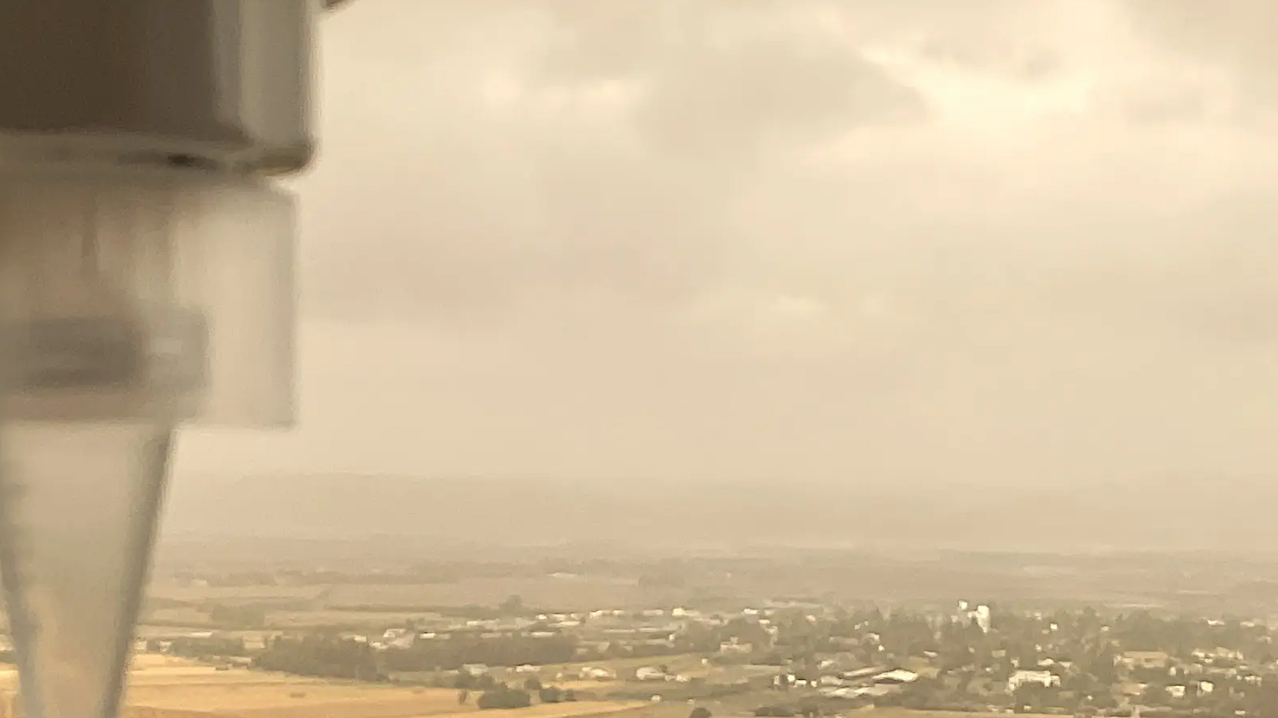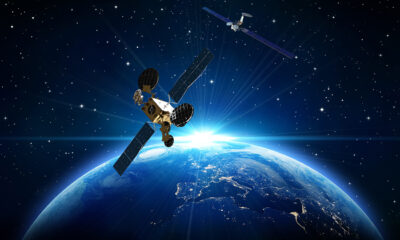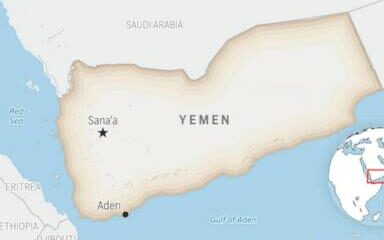Science
Bacteria Survive Long Journeys in Desert Dust, Study Reveals

Research from the Technion Faculty of Civil and Environmental Engineering and the Scojen Institute for Synthetic Biology at Reichman University has revealed how bacteria can endure travels across vast distances in desert dust. The study focused on species of Firmicutes, particularly Bacillus, which are known to play a significant role in dust storms originating from the Sahara and Egypt and reaching as far as Israel. This provides new insights into microbial life in the atmosphere and its implications for ecosystems and human health.
In a follow-up to previous work, Dr. Naama Lang-Yona and Dr. Ilana Kolodkin-Gal led a collaborative study examining the survival mechanisms of these bacteria as they travel through the atmosphere. The research found that these microorganisms can form microscopic biofilms on dust particles, which help protect them from harsh conditions, including desiccation, extreme radiation, and nutrient scarcity. These findings were published in the journal Communications Earth and Environment, part of the Nature portfolio.
Understanding Atmospheric Microbiology
The growing field of atmospheric microbiology investigates the survival and activity of microorganisms in the atmosphere, often over distances exceeding thousands of kilometers. This research is crucial because it sheds light on how these bacteria affect global cycles, ecosystems, and, ultimately, human health. The study highlights how these microorganisms can influence disease patterns, atmospheric CO2 levels, and even the dispersal of antibiotic resistance.
“Characterizing metabolically active, living bacterial communities is reshaping our understanding of microbiome-environment interactions,” Dr. Lang-Yona stated. “Our research suggests that the air we breathe contains entire bacterial communities from distant regions, bringing innovative traits that can integrate into local ecosystems, and potentially affect humans.”
The researchers successfully isolated and cultured bacteria transported by dust storms under atmospheric conditions. They focused on beneficial Bacillus strains that are known for their positive applications in various fields, including agriculture, construction, and medical probiotics. The findings suggest that natural selection during dust storms may favor more innovative bacterial strains, enhancing their potential for practical applications.
Expanding the Concept of Microbial Communities
This study challenges the traditional understanding of soil microbiomes by expanding the concept to include airborne microbial communities. The researchers emphasize that the survival strategies of these organisms are more diverse than previously thought.
By understanding how bacillus biofilm formation and niche adaptation shape the microbial communities transported by dust, scientists can explore new avenues for harnessing these bacteria in beneficial ways. The implications of this research extend to various sectors, including agriculture, where these resilient microorganisms could improve soil health and crop resilience.
The collaboration between Dr. Lang-Yona’s lab and Dr. Kolodkin-Gal’s group exemplifies the interdisciplinary approach needed to tackle complex environmental challenges. As research continues in this field, it promises to deepen our understanding of how microorganisms impact both local and global ecosystems.
-

 Technology4 months ago
Technology4 months agoDiscover the Top 10 Calorie Counting Apps of 2025
-

 Health2 months ago
Health2 months agoBella Hadid Shares Health Update After Treatment for Lyme Disease
-

 Health3 months ago
Health3 months agoErin Bates Shares Recovery Update Following Sepsis Complications
-

 Technology3 weeks ago
Technology3 weeks agoDiscover 2025’s Top GPUs for Exceptional 4K Gaming Performance
-

 Technology2 months ago
Technology2 months agoElectric Moto Influencer Surronster Arrested in Tijuana
-

 Technology4 months ago
Technology4 months agoDiscover How to Reverse Image Search Using ChatGPT Effortlessly
-

 Technology4 months ago
Technology4 months agoMeta Initiates $60B AI Data Center Expansion, Starting in Ohio
-

 Technology4 months ago
Technology4 months agoRecovering a Suspended TikTok Account: A Step-by-Step Guide
-

 Health4 months ago
Health4 months agoTested: Rab Firewall Mountain Jacket Survives Harsh Conditions
-

 Lifestyle4 months ago
Lifestyle4 months agoBelton Family Reunites After Daughter Survives Hill Country Floods
-

 Technology3 months ago
Technology3 months agoUncovering the Top Five Most Challenging Motorcycles to Ride
-

 Technology4 weeks ago
Technology4 weeks agoDiscover the Best Wireless Earbuds for Every Lifestyle





















